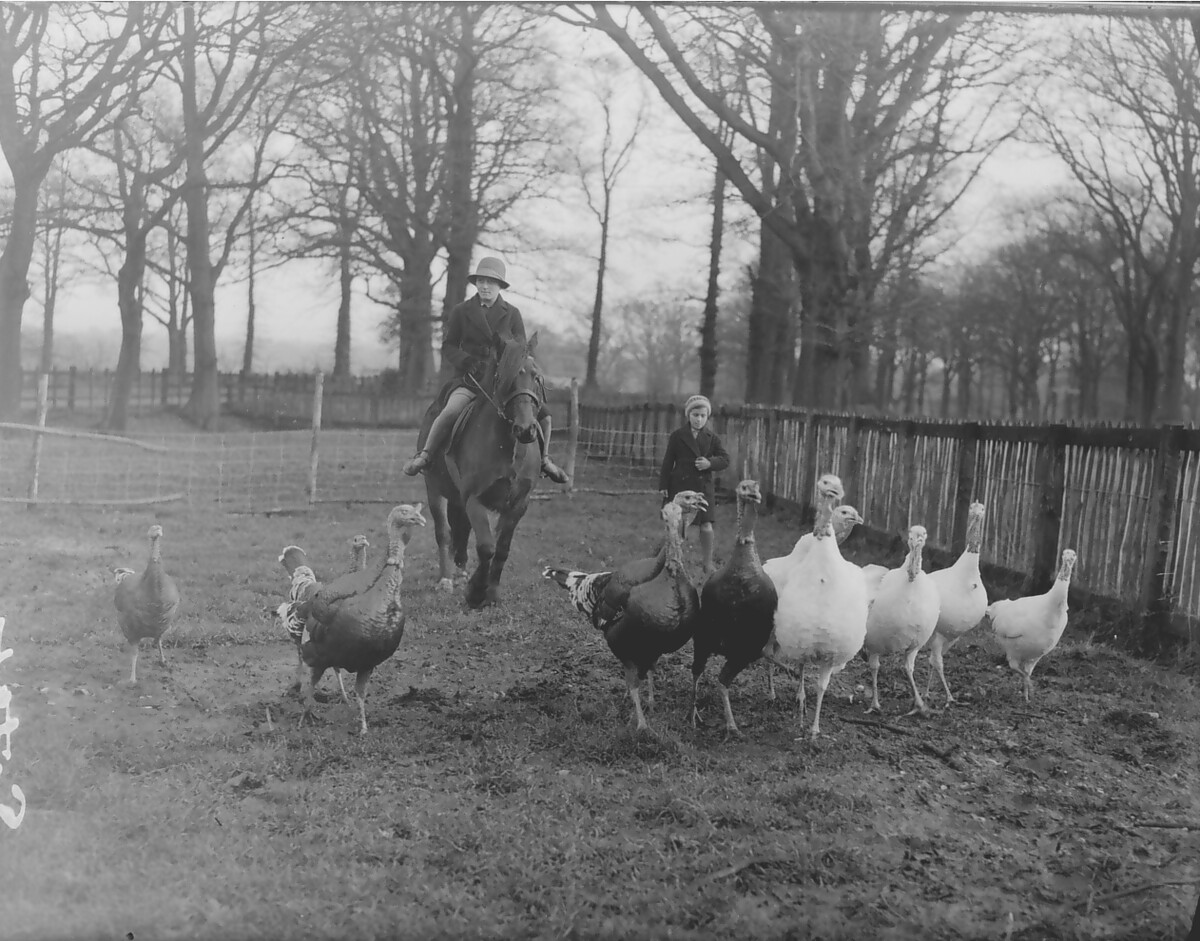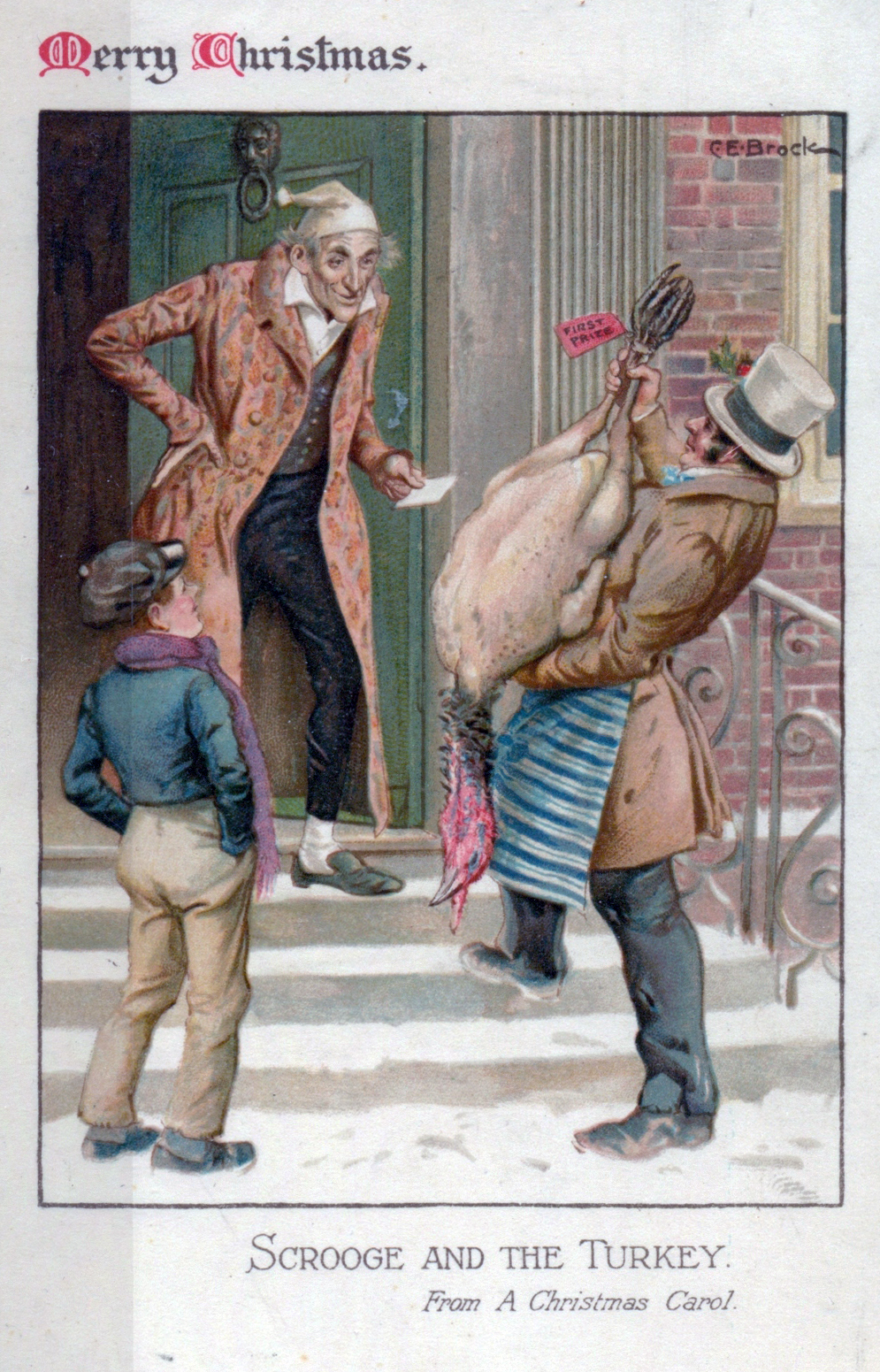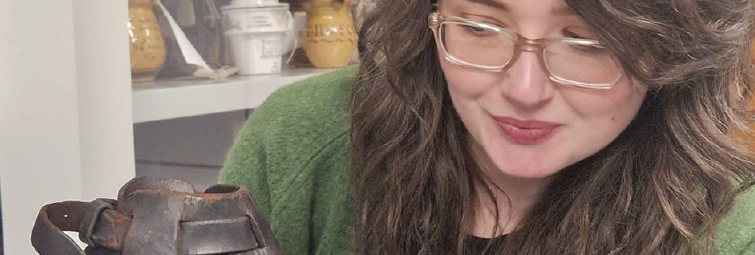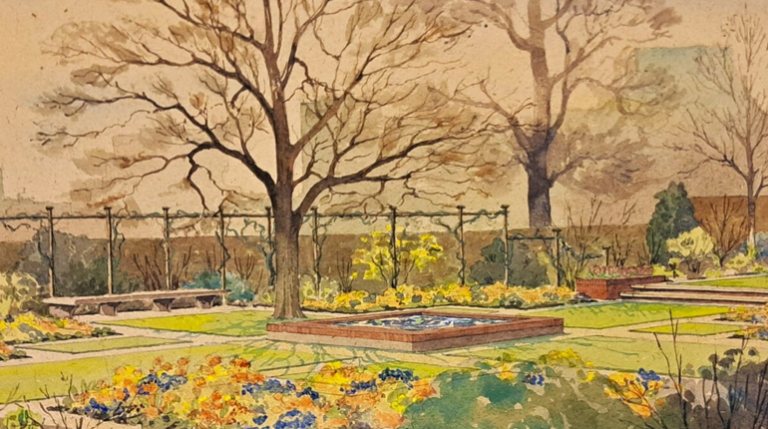Why do we eat turkey at Christmas?
The colonial history behind our Christmas dinners
-
Author
-
Published Date
- December 19, 2022

It’s hard to imagine a traditional Christmas dinner without turkey. Yet despite their central role in Christmas dinners, turkeys aren’t quite so traditional a Christmas bird as you might expect.

Where are turkeys from?
Turkeys aren’t native to the UK. They also aren’t from Turkey.Instead, turkeys are indigenous to central America. They were named huehxolotl in Nahuatl and were considered sacred in ancient Mesoamerican religion. This is because these birds provided many different resources: from a rich source of protein of meat and eggs, to bright feathers that featured in decorations and arrowheads. There was even a turkey god, Chalchiuhtotolin, god of plagues.
After the Spanish conquest of Mexico (1519-1521), Spanish colonists brought turkeys back to Europe. While these birds initially confused the Spanish (‘chickens […] as large as peacocks’, wrote Cortes), their large size and exotic status made them instantly popular on nobles’ dinner tables.
When did turkeys come to England?
The person credited with bringing turkey to England was a merchant named William Strickland. Strickland had ‘a turkey-cock in his pride proper‘ added to his family’s coat of arms, which is thought to be the oldest-surviving artistic depiction of a turkey in European history.Turkey began to appear in Christmas dinners throughout the 16th century. The Tudor poet and farmer, Thomas Tusser, wrote of how turkeys were becoming a feature of the Christmas dinner table in 1573:
Good bread & good drinke, a good fyer in the hall, brawne pudding & souse & good mustarde withal. Biefe, mutton, & porke, shred pyes of the best, pig, veale, goose & capon, & Turkey wel drest.
This popularity resulted from a growth in English turkey rearing throughout the period, especially in eastern England and Norfolk. The land was suitable for turkey farming and was within a reasonable distance of London. The Norfolk Black is generally considered the oldest turkey breed in the UK and can still be found on certain farms today.
Ironically, some of these English turkeys were even taken to the Americas, where they were cross-bred with wild birds to produce most of the dark-feathered commercial varieties that we recognise today. In fact, many of the pilgrims took turkeys with them, unaware that turkeys were actually already native to the Americas.
Later, in Georgian times, the turkey featured in another extravagant Christmas meal: ‘the Christmas Pye’ or the Turducken. One recipe is found in the influential cookbook, The Art of Cookery Made Plain and Simple by Hannah Glasse. This dish involved putting a pigeon in a partridge, the partridge in a fowl, the fowl in a goose, and then all in a turkey, surrounded by pie crust and meat from rabbits, wood-cock, moor fowl, and any ‘wild-fowl you can get’. This cookbook was popular in England and the Thirteen Colonies for over a century after its publication. It was written in plain English so that servants could use it to make meals that were as delicious as they were extravagant.
Turkey, Christmas, and the Victorians
Many of England’s modern Christmas traditions originate with the influence of the Victorian royal family. Prince Albert imported several traditions from Germany while Queen Victoria took advantage of new technologies and resources from the British Empire to set the latest trends. Their influence is why we send Christmas cards, bring our Christmas trees indoors and cover them with decorations, and eat a turkey for dinner. Turkey took centre-stage on the royals’ Christmas dinner in 1851. And the rest is history.As you might imagine, most families in Victorian England could not afford something as extravagant as a turkey. So, most families ate goose. Dickens portrays this in A Christmas Carol with the feast at the Cratchits’ residence:
“There never was such a goose. Bob said he didn’t believe there ever was such a goose cooked. Its tenderness and flavour, size and cheapness, were the themes of universal admiration. Eked out by apple-sauce and mashed potatoes, it was a sufficient dinner for the whole family; indeed, as Mrs Cratchit said with great delight (surveying one small atom of a bone upon the dish), they hadn’t ate it all at last! Yet everyone had had enough, and the youngest Cratchits in particular, were steeped in sage and onion to the eyebrows!”
Later, Scrooge sends the Cratchits the biggest turkey he can find, ensuring they would have plenty and enjoy Christmas in style. We hope he also spared some cheeses for the mices.

Paying for birds
Both turkey and geese incurred significant costs for consumers. Before the development and improvement of the railways, most birds sold for consumption in cities had to be walked from farm to town. The birds’ feet would be wrapped in rags or covered in a painless solution of tar that acted as a little shoe to protect their feet. These journeys would have taken days and required accommodation, a team of human companions, and food, which all significantly added to cost.The financial strain and expectation that came with purchasing a Christmas bird is evidenced around this time through the establishment of organisations known as Goose Clubs. These were set up by pubs, with each member paying a shilling a week for 8 to 10 weeks before Christmas to ensure that they could afford a centerpiece bird at Christmas. These clubs were very unpopular with the Temperance movements of the time, because they took place in pubs, and you normally got a small bottle of gin with your goose. Many poor households also didn’t have ovens to cook their goose. We also see this in A Christmas Carol, when the younger Cratchits head off to the bakers, who has kindly left his oven on for people to cook their Christmas dinners.
As the railway developed and improved, turkey grew in popularity, and it really achieved its yuletide dominance only from the 1950s onwards. Turkey Clubs were introduced (like Goose Clubs, but without the gin) to allow low-income families to purchase turkeys in instalments. At this time, fridge freezers were much more affordable, so families could purchase turkey early and store it until the big day, while affordable ovens meant cooking at home became more and more feasible.
From then onwards, turkey has remained firmly on the Christmas menu, often with changing accompaniments, like pigs in blankets, fancy sprouts, the perfect roast potatoes, a few slices of ham, maybe some cranberry sauce on the side, a bit of gravy… what was I saying again?





